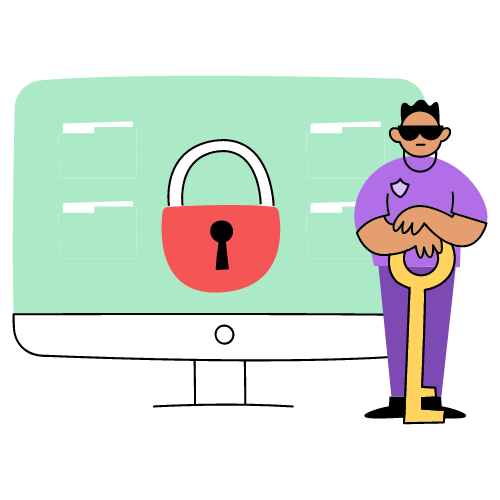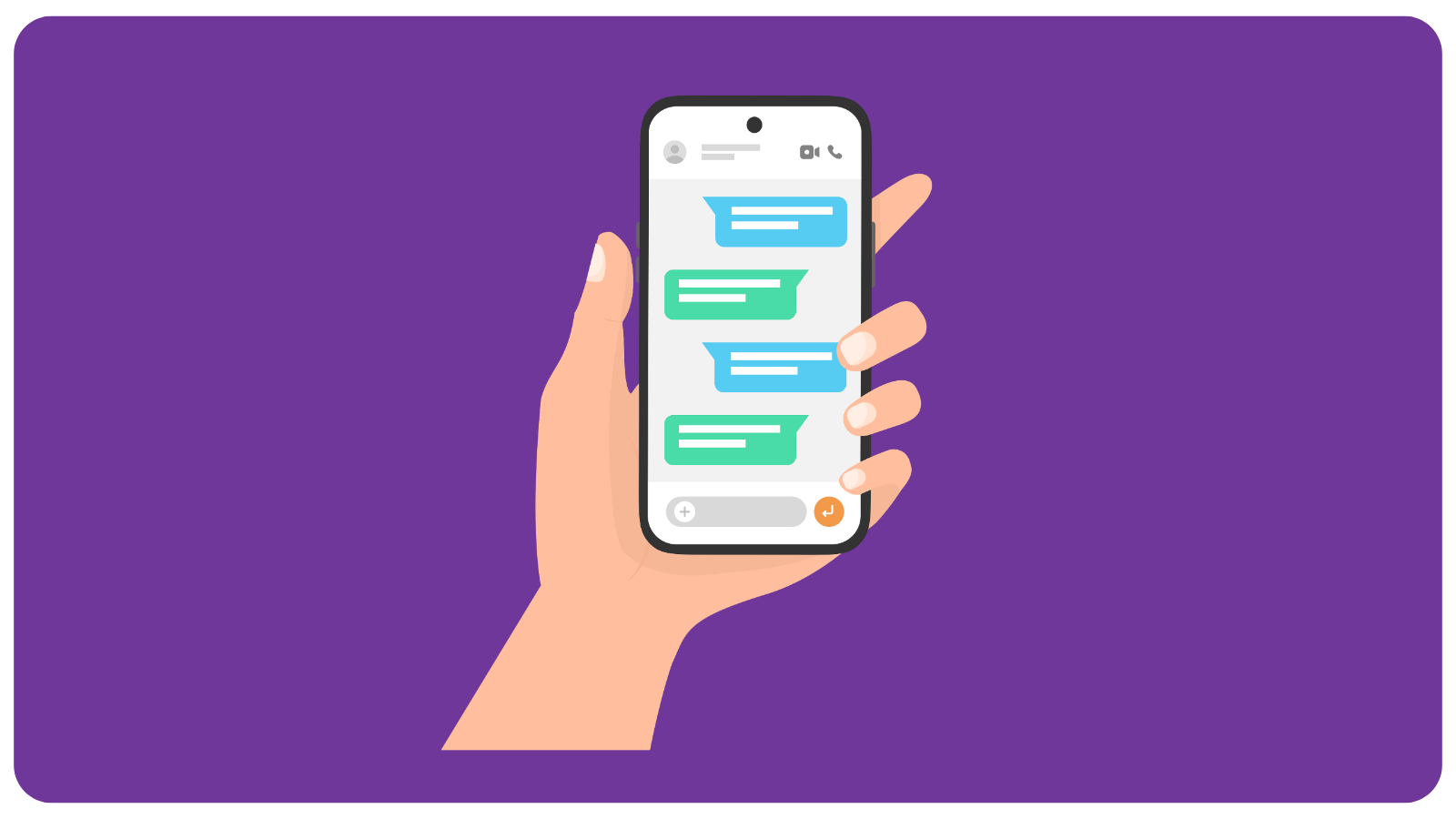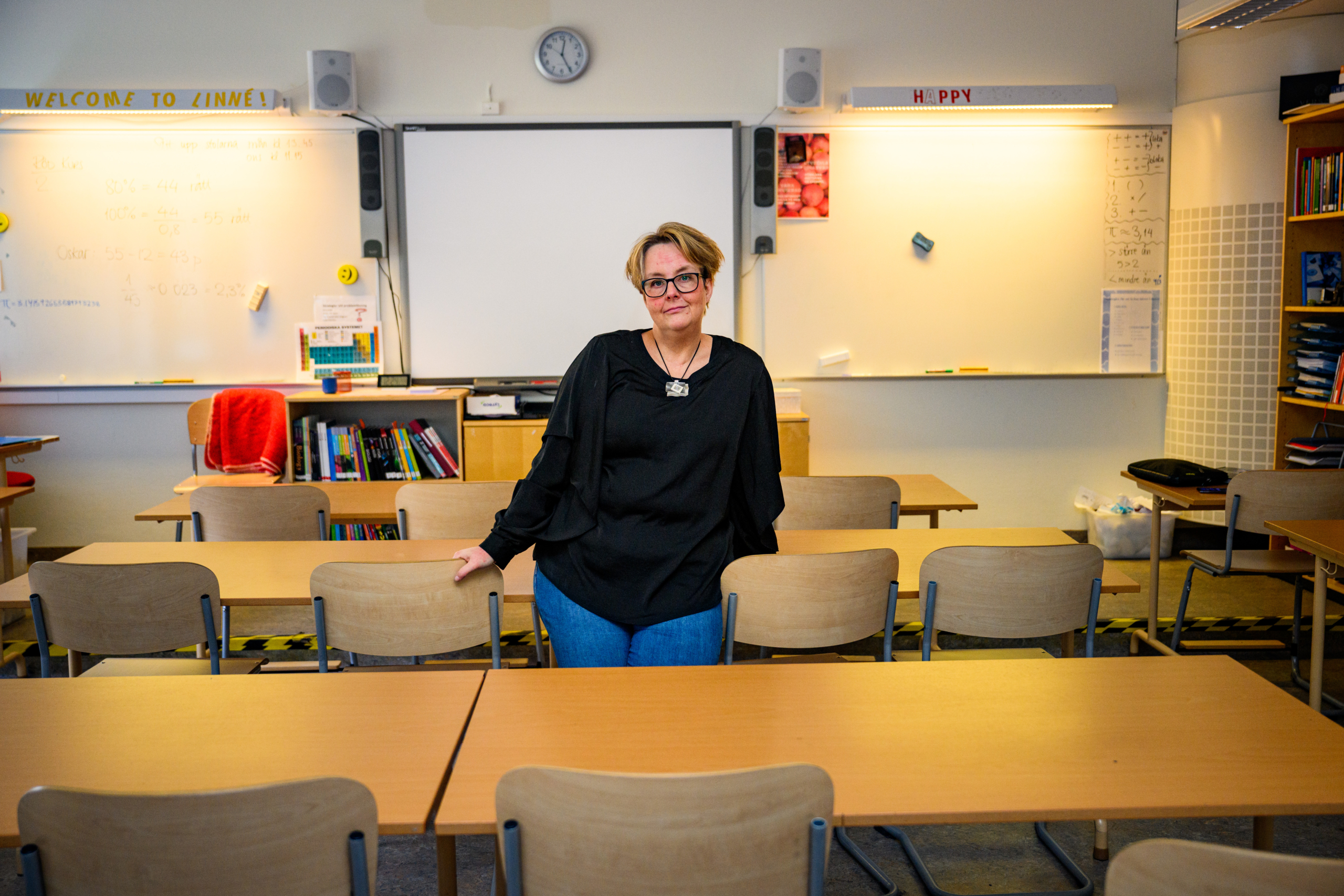Preventing Students from Cheating During Exams
Published 17th of Dec 2024 ⋅ Inspiration and knowledge
Students cheating during exams is hardly something new. Over the years, students have shown an almost admirable creativity: from notes under the sole of a shoe to formula sheets disguised as a content label on a soda bottle. However, technological advancements have taken cheating to completely new heights and, at the same time, made it harder to detect.
I remember a math test in ninth grade where, in a brief moment of teenage rebellion, I wrote a formula sheet on my arm with a pen. During the test, I carefully rolled up my sleeve when the teacher wasn’t looking. The result? I was so nervous that I read it incorrectly and probably got a worse grade than if I hadn’t cheated at all.
Despite my failure, this method still required some knowledge to interpret the formulas and actually calculate the answers myself. I probably even learned something during the process.
Today, the situation looks different. With the help of AI tools like ChatGPT, students can get not only the answers but also detailed calculations and explanations. For written assignments, AI can even provide structure, arguments, and polished phrasing. The question is: what does the student actually learn then?
In this article, I list some methods of cheating in today’s classrooms that can be prevented. I have also spoken with Sara Bruun, teacher for grades 7–9, about how she works proactively to prevent students from cheating.
MIMMI BERG, PRODUCT OWNER







